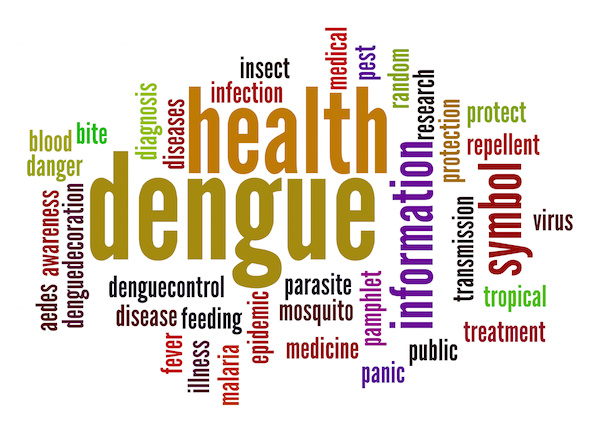
MONDAY, Dec. 5 (HealthDay News) — New research finds that pregnant women in New Hampshire, which has high levels of arsenic in drinking water in some wells, may also be ingesting arsenic through rice.
The study, published in this week’s Proceedings of the National Academy of Sciences, did not look for any potential health problems. However, other studies have suggested that high arsenic levels in pregnant women could be linked to low birth weight and infant mortality in their babies.
These new findings come a week after a Consumer Reports study found some apple and grape juice samples tainted with levels of arsenic exceeding drinking-water standards.
This finding intensified a debate that began in September when Dr. Mehmet Oz, host of “The Dr. Oz Show,” said that about one-third of apple-juice samples he’d tested had arsenic levels exceeding 10 parts per billion, which is the limit for drinking water. There are no U.S. government limits for arsenic in juice or foods.
Arsenic is a natural element that can contaminate groundwater used for drinking and irrigation. Rice is prone to arsenic contamination because of its ability to extract the element from the environment into the rice plant.
Inorganic arsenic is known to cause bladder, lung and skin cancer. It can also increase the risk of heart disease and type 2 diabetes, and some reports have stated that arsenic exposure can affect brain development in children.
The new study involved 229 pregnant women in New Hampshire, all of whom had a private, unregulated well supplying their home with water.
“Private wells are common in New Hampshire, and we’ve found in other studies that a number of wells in New Hampshire have elevated arsenic levels,” said study senior author Margaret Karagas, director of the Children’s Environmental Health and Disease Prevention Center at Dartmouth Medical School in Hanover, N.H.
The researchers had the study participants write down what they had eaten in the past couple of days, then measured arsenic levels both in their tap water and in their urine. This allowed the researchers to distinguish arsenic exposure from drinking water and rice consumption — two separate potential sources.
Women who ate rice had about one-and-a-half times the arsenic in their urine as women who didn’t eat rice.
The women in the study ate an average of half a cup of rice a day, which is also the average eaten across the United States. However, the study authors noted, rice consumption varies greatly, with Asian Americans usually eating more than two cups a day.
As expected, higher levels of arsenic in the drinking water were also correlated with higher levels in urine. Here, 14 percent of the women had water arsenic levels above U.S. Environmental Protection Agency and World Health Organization standards.
Karagas said arsenic levels in rice “should be monitored,” although she added, “at this point, we’re not making any specific dietary or nutritional recommendations.”
China already has limits on arsenic in rice, although no such limits exist in the United States or in Europe.
The study authors also recommended that people on private water systems test their water for arsenic.
Dr. Jeffrey N. Bernstein, medical director of the University of Miami’s Florida Poison Information Center, said the new report was no reason to panic.
“They haven’t shown anyone getting sick…They’re not saying that rice is going to give you arsenic poisoning,” he said. “They’re saying that researchers need to take this into account.”
More information
The U.S. Environmental Protection Agency has more on arsenic in drinking water.

